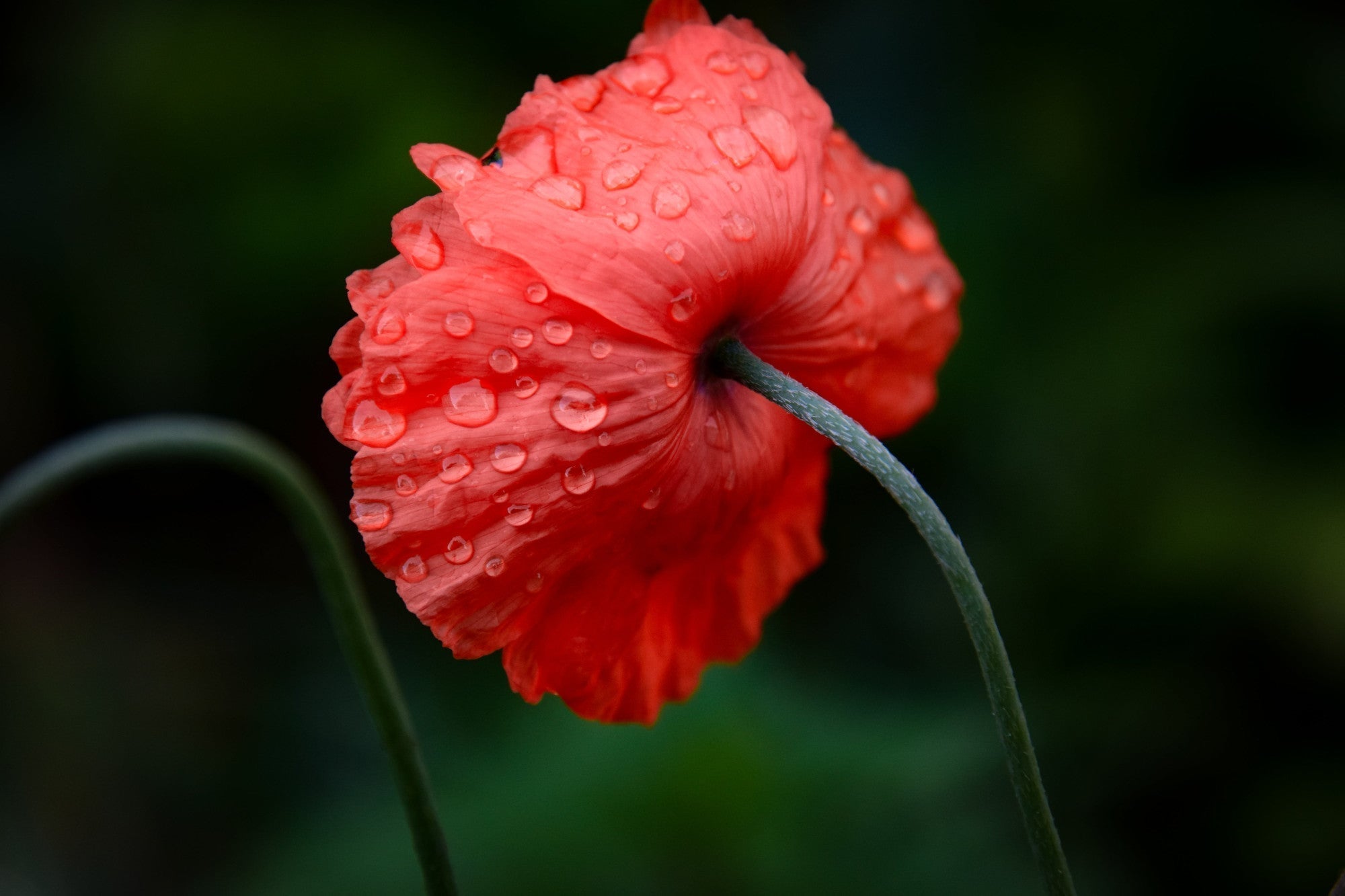What is Impatiens Downy Mildew?

Impatiens Downy Mildew is a newer disease for Minnesota gardeners. It was first observed in 2011 and has since become a widespread issue across the country. It is caused by a water mold called Plasmopara obducens.
What does it affect?
Downy Mildew affects all standard impatiens, double impatiens, and any hybrids of I.walleriana. New Guinea Impatiens are not susceptible to this disease, nor are many other shade-loving bedding plants.
How do you know if your bed is infected?

At first you may notice a slight yellowing or yellow stippling of the leaves, with a drooping appearance of the leaves, as if the plants need to be watered. You may also see a soft, white growth on the lower surface of the leaves. Next, the blossoms and then the leaves fall off, leaving bare green stems. Finally, stems collapse and the plant dies.
Will it spread to my other impatiens in other gardens?
Most likely. The spores of this mold easily travel by wind, wind-driven rain, and splashing water. Even if your impatiens are planted in pots, they may be infected by rain or wind.
My garden is infected, what options do I have?
While it is hard to replicate the colorfulness and beauty of Impatiens for shade, you have many other plant options that are not susceptible to downy mildew, including perennials.
Below is a list of some annual bedding plants that we carry here at Untiedt’s.
- Amstel Begonias
- Dragonwing Begonias
- Tuberous Begonias
- Waxy Begonias
- Coleus
- Elephant Ear
- Fuschia
- Hypoestes (Polka Dot Plant)
- Ivies
- Lobelia
- Lysmachia
- New Guinea Impatiens
- Purple Heart
- Torenia (Wishbone Flower)



